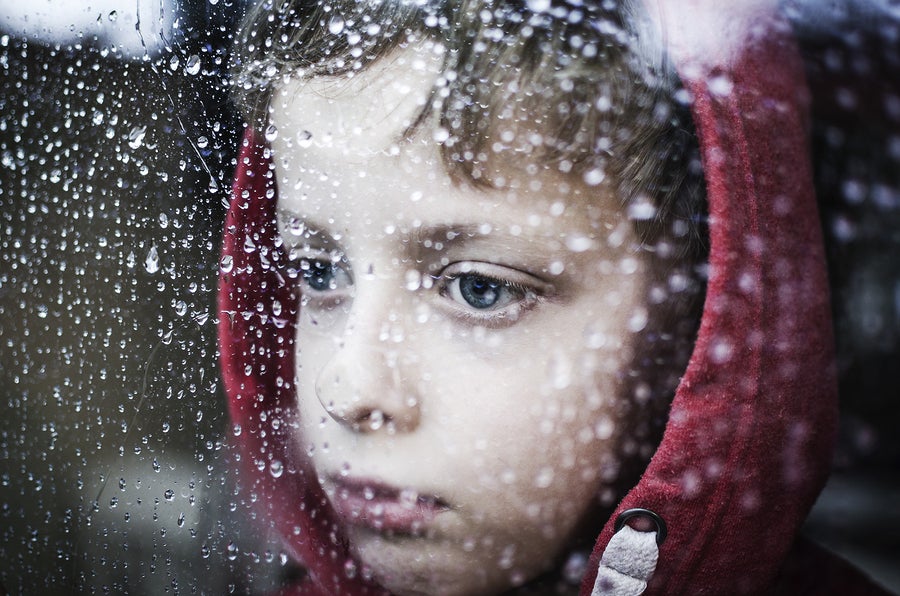I recently pulled out my calculator to look into the budget neutrality assumptions underlying Mississippi’s Section 1115 Medicaid waiver, and the results were disturbing. I unpacked this waiver in a previous blog. Kansas has a similar request pending1 and a handful of other non-Medicaid expansion states have suggested they may follow suit (including Alabama, South Carolina, and South Dakota).
This waiver is currently up for public comment at the federal level and seeks to impose a work requirement on non-disabled adults on Medicaid in Mississippi – a non-expansion state. As a result, the work requirement targets only the poorest parents and caretaker relatives in the state who are living below 27% of the federal poverty line. We are talking about parents who are trying to support a family of three with incomes of less than $468 a month.
The waiver also targets Medicaid beneficiaries receiving Transitional Medical Assistance (TMA) which makes no sense because these are people losing Medicaid precisely because their earned income has gone up and they are no longer eligible.
Mississippi estimates that approximately 5,000 persons will lose Medicaid coverage in Year 1 with additional coverage losses continuing each year of the five-year waiver2. Over the five years there is a projected coverage loss of approximately 20,000 by the end of the waiver. There is no explanation given for these estimates.
These results are fairly shocking given recent press reports that quote state officials as saying approximately 15,000-20,000 currently enrolled parents would be subject to work requirements after exemptions. Thus my calculations suggest that Mississippi anticipates that one-quarter to one-third of these extremely poor parents will lose Medicaid in the first year — and enrollment declines will continue every year.
The documents suggest that the state is projecting that these coverage losses hit parents exclusively (although we don’t really know), so this may be an underestimate. As regular readers of SayAhhh! know, when parents are covered research is clear that children are more likely to be covered and vice versa. So some children are likely to lose coverage as well.
In my view, the likelihood that parents whose income is below 27% of the poverty line and lose Medicaid will find other affordable health insurance is next to zero. Of course, perhaps a few will somehow rocket up to full time jobs that offer affordable employer-sponsored coverage, but for workers under the poverty line those opportunities are very rare. Only 12 percent of workers with incomes below the poverty line have employer-sponsored insurance3. Thus I think it is very likely that most of these parents (and some of their children) will wind up uninsured.
We don’t yet know if the Trump Administration will approve a work requirement waiver targeted solely on these most vulnerable families in a non-expansion state. But I fear they will. As Mississippi’s own estimates show, this would have substantial consequences for its poorest families.
- It is possible that Kansas may withdraw this request due to pending action by the state legislature.
- These enrollment projections (as is customary in budget neutrality documents) are represented in per member months so I divided by 12 to get my estimate per year. It is also possible that more people lose coverage for some period of time, come back in and fall off again. Or parents could be deterred from enrolling in the first place. Also for reasons that are not explained, the state projects that enrollment will fall off a lot without the waiver – but it falls off even more with the waiver in the state’s projections.
- Kaiser Family Foundation analysis of National Health Interview Survey. Available at https://www.kff.org/slideshow/employer-sponsored-insurance-offer-and-coverage-rates/


